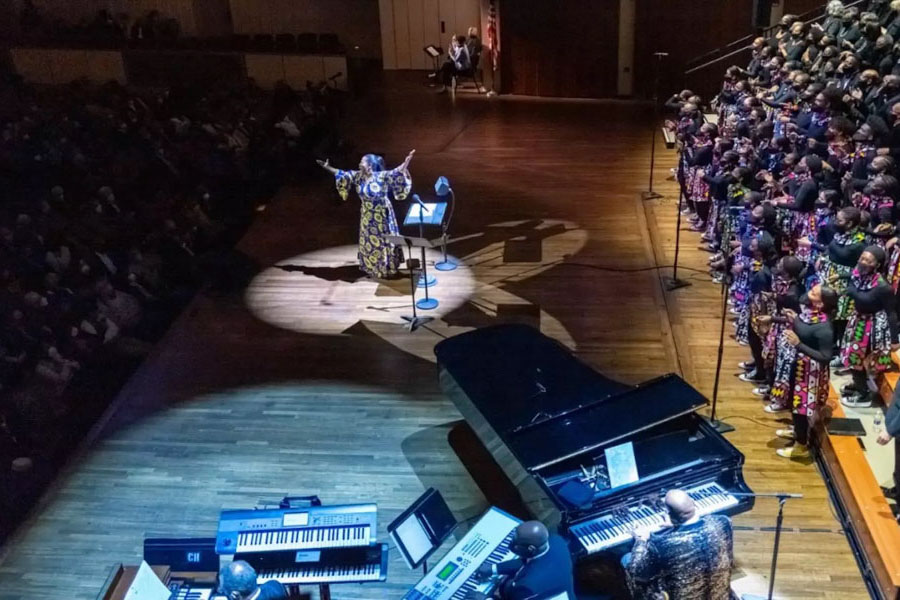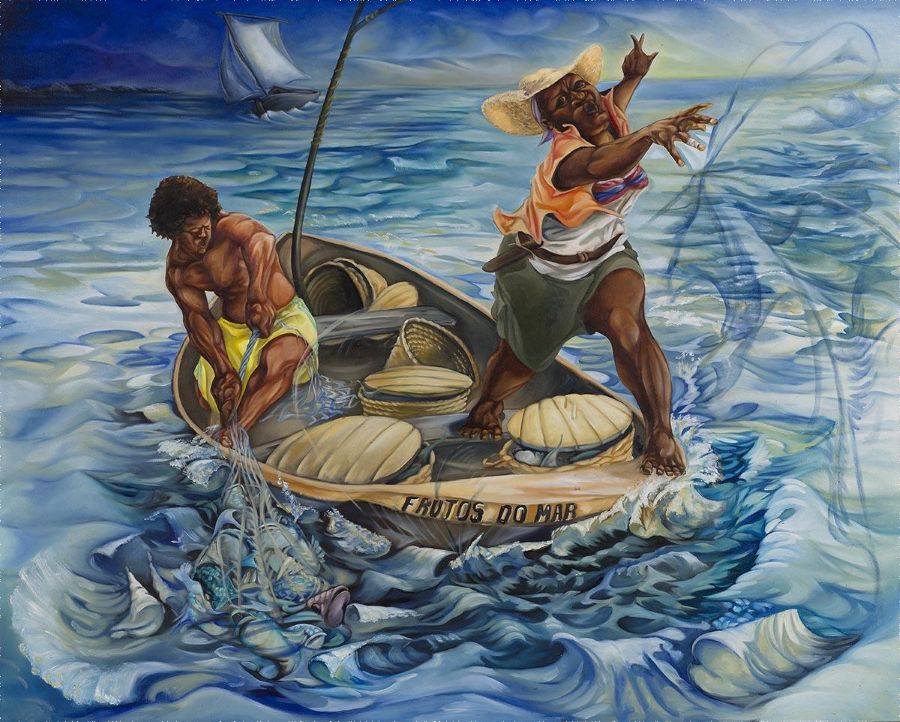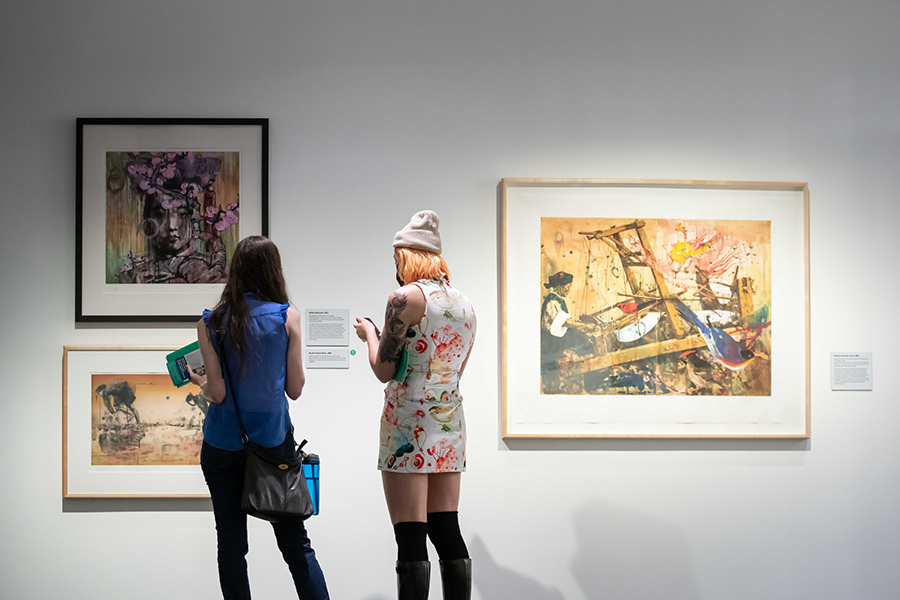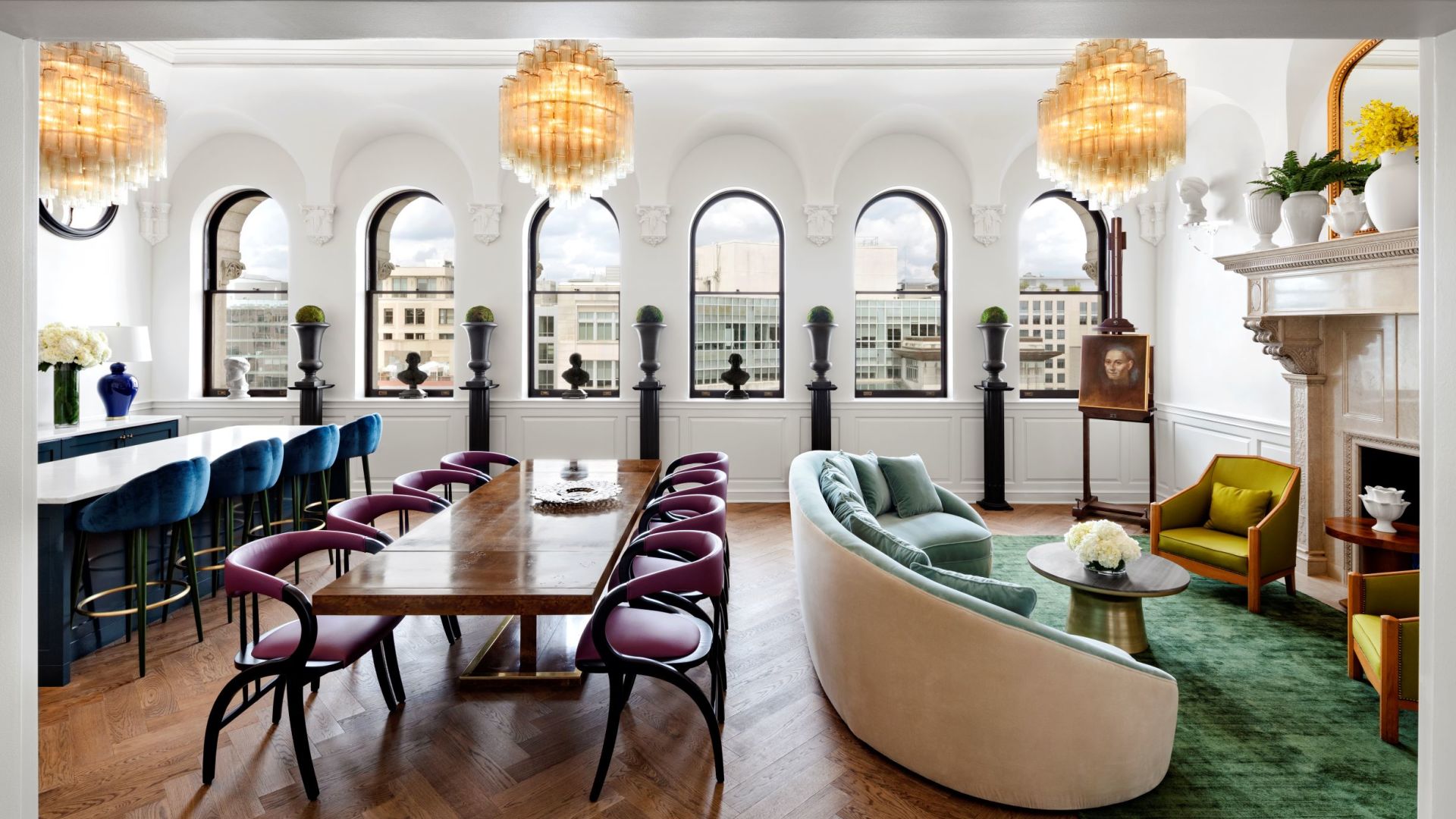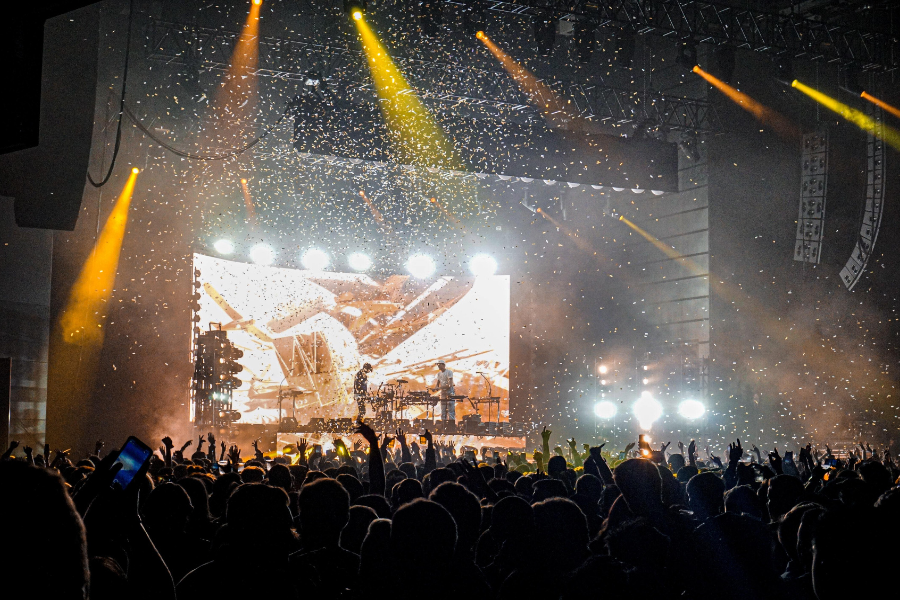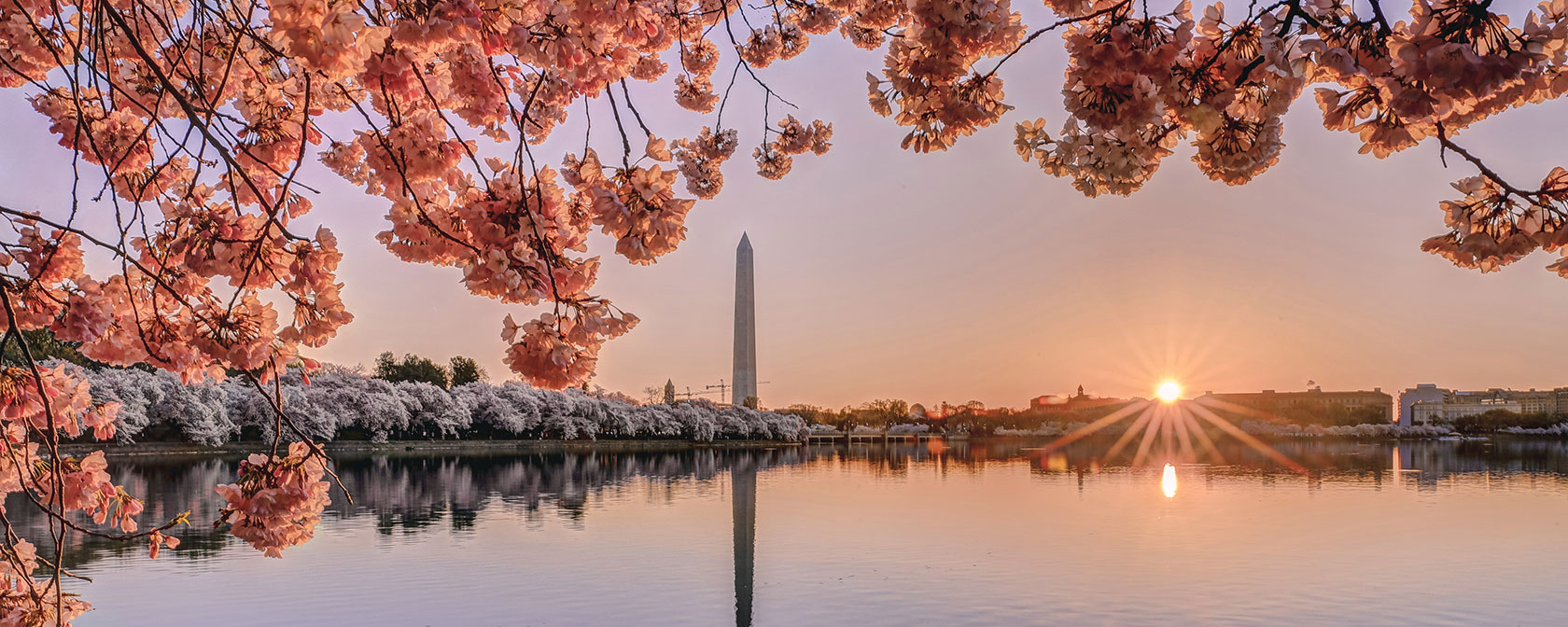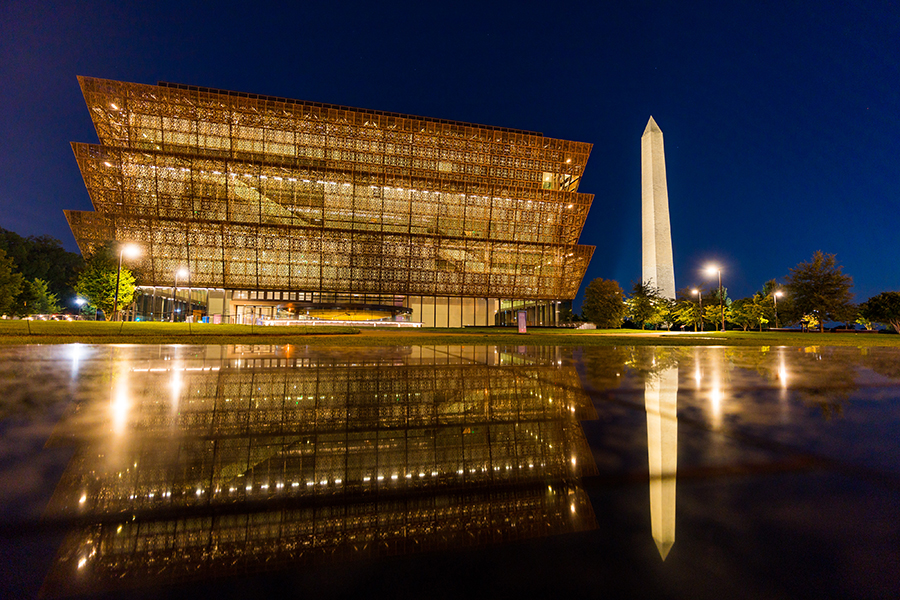
MAP IT
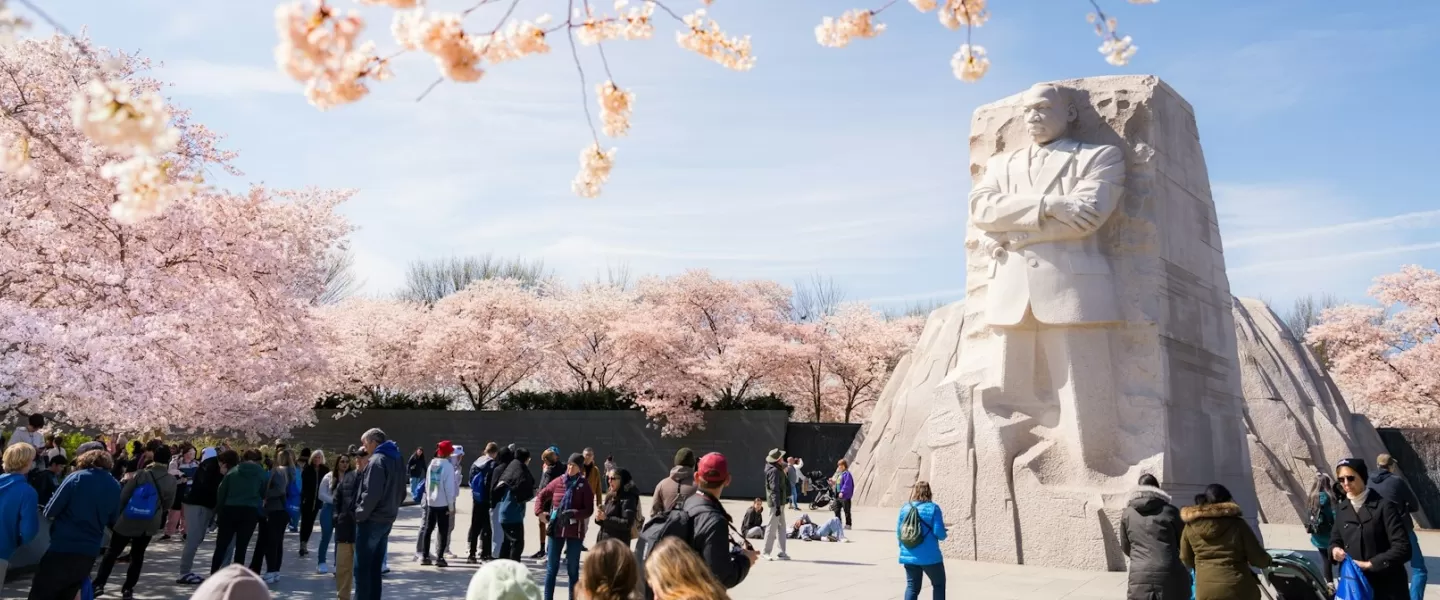
Ways to Celebrate Black History Month in Washington, DC
Check out events, performances, sites and museum exhibits that honor Black history and culture.
African American history and culture are an essential part of DC’s identity, which means that there are numerous ways to celebrate Black History Month in the city. Below, we’ve detailed some of the best ways to engage with African American culture, community and history in the District.
The nation’s capital is also full of year-round ways to honor the African American experience at museums and memorials, as well as a collection of Black-owned restaurants and Black chefs.
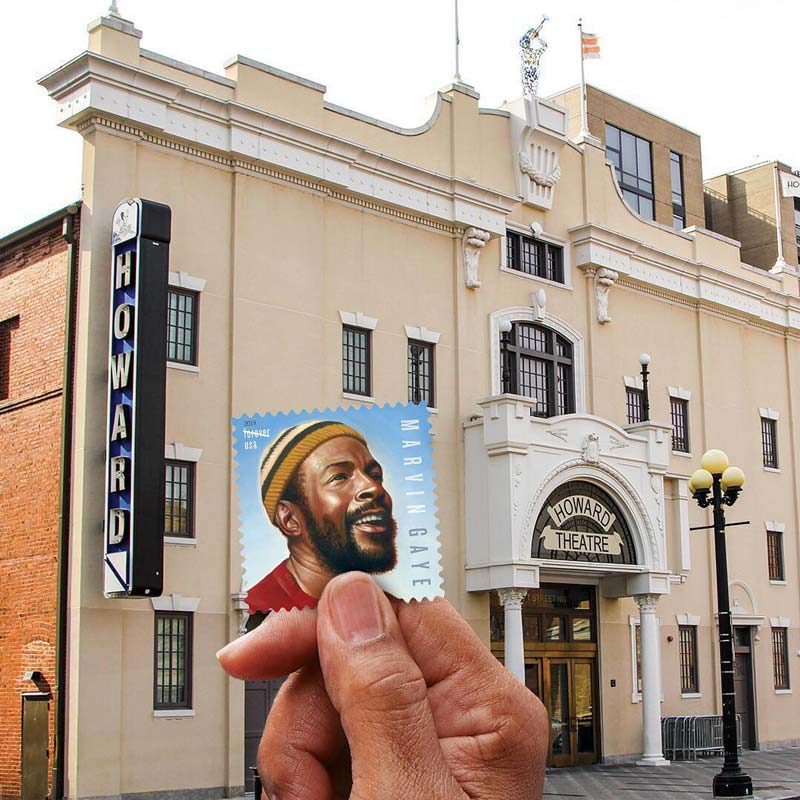
Photo credit: @uspostalservice
Explore Shaw and the Howard Theatre
Walk through the historic Shaw neighborhood, once home to prominent African Americans including jazz legend Duke Ellington, whose statue resides in front of the historic Howard Theatre. You can also walk the theater's Walk of Fame, which begins near the United Negro College Fund Headquarters and continues for two blocks, right up to the facade of the Howard. Explore the neighborhood's musical and cultural heritage with a Black Broadway walking tour, led by local journalist and author Briana Thomas.
The Shaw neighborhood was named for Colonel Robert Gould Shaw, a member of the Massachusetts Volunteer Infantry of black soldiers who fought during the Civil War. The area earned the nickname, “The Heart of Chocolate City,” as escaped slaves settled there and eventually started businesses catering to the large population of African Americans. Once you are done admiring its history, check out Shaw’s awesome dining scene.
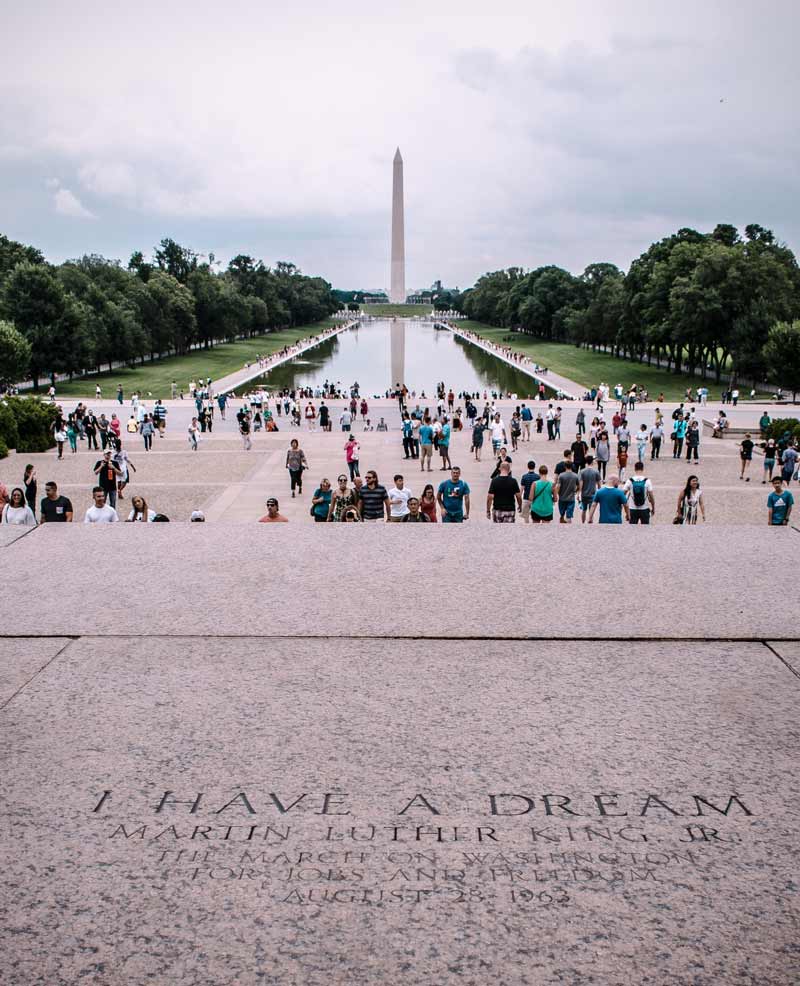
Photo credit: @kevin.barata
Stand on the steps of the Lincoln Memorial
The National Mall has been the site of vital African American history, including the March on Washington led by Martin Luther King, Jr. in 1963 and the first Million Man March in 1995. You can also admire the spot where King delivered his “I Have A Dream” speech during the aforementioned March, as the spot can be found etched onto the Lincoln Memorial steps.
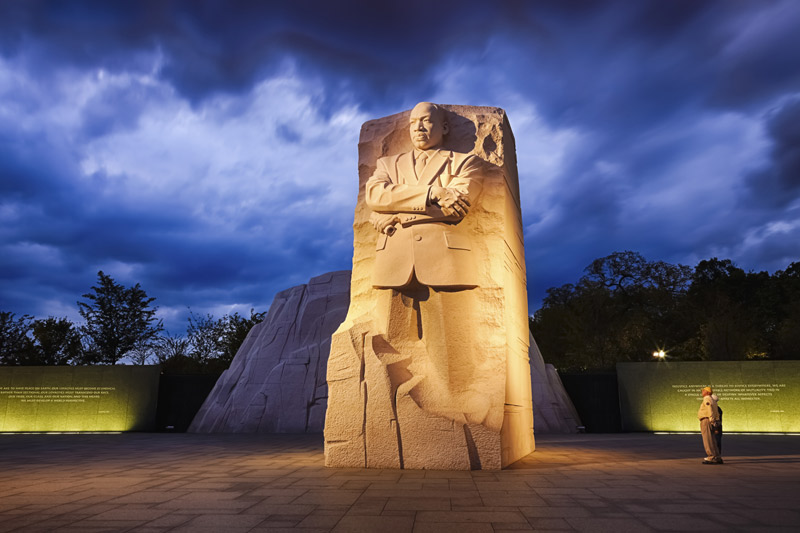
Pay homage at the Martin Luther King, Jr. Memorial
Situated on a four-acre, crescent-shaped site in West Potomac Park, the Martin Luther King, Jr. Memorial features a 30-foot statue of Dr. King carved into what is known as the Stone of Hope, which stands past two other pieces of granite known as the Mountain of Despair (both are references to his “I Have A Dream” speech). Visit the Inscription Wall to read incredible quotes from King’s speeches, sermons and writings.

Be amazed by the expansive Smithsonian National Museum of African American History and Culture
Through stunning architecture and four floors containing exhibits and thousands of artifacts, the Smithsonian museum details African American life, history and culture in incredible detail. Since the National Mall landmark is one of the city’s most popular attractions, make sure to obtain your tickets to this free museum in advance. You can also check out programming for the month of February.
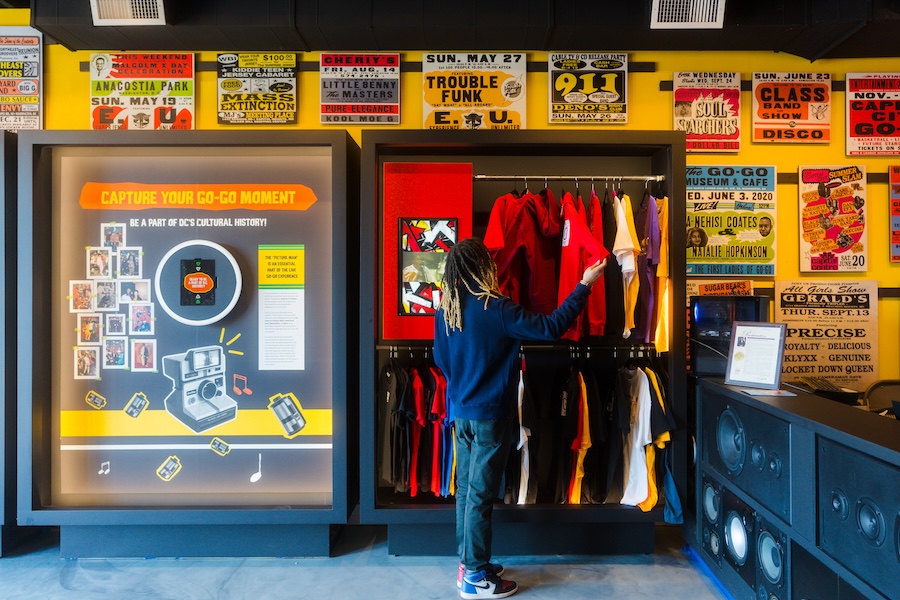
Visit the Go-Go Museum and Cafe
The Anacostia location showcases the official music of the nation’s capital like never before. The Go-Go Museum & Cafe serves as the official site for the appreciation and study of go-go music as well as its history, impact and vitality.
Pay homage to Dr. Martin Luther King, Jr. with Living the Dream…Singing the Dream
The Washington Performing Arts and Choral Arts Society of Washington choirs come together for an annual tribute to Dr. Martin Luther King, Jr. at the Music Center at Strathmore (Feb. 15, 2026). Experience a powerful performance in the spirit of community and honor Dr. King’s lasting impact through music.
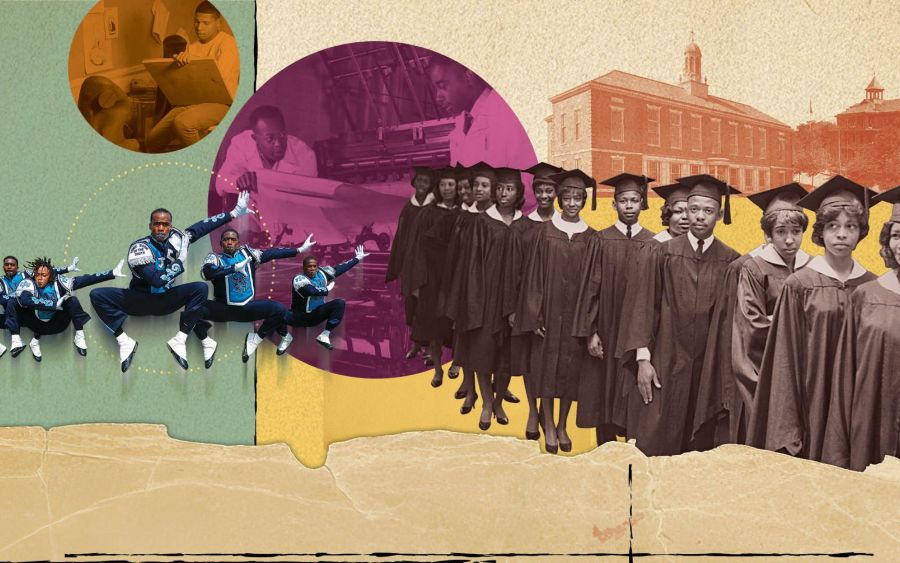
National Museum of African American History and Culture
At the Vanguard – Jan. 16 – July 19
The National Museum of African American History and Culture’s new exhibit features more than 100 objects from the collections of five Historically Black Colleges and Universities (Clark Atlanta, Florida A&M, Jackson State, Texas Southern, Tuskegee) in a stunning display of how these institutions have shaped American education and culture through innovation, ingenuity, resistance and activism.
Free Admission | Hours & Information
National Museum of African American History & Culture, 1400 Constitution Avenue NW, Washington, DC 20560
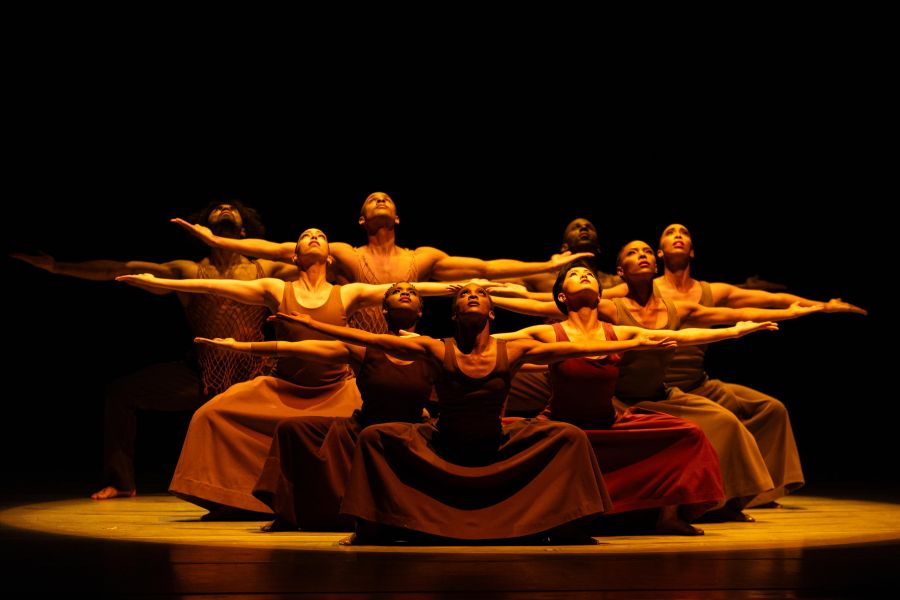
Alvin Ailey American Dance Theater
Alvin Ailey American Dance Theater – Jan. 30 – Feb. 8
The preeminent modern dance company visits the Warner Theatre with a program that celebrates the company’s illustrious history and aims to bring audiences together in joy. Enjoy some of Ailey’s most famous compositions as well as programming from artists around the world.
Tickets
Warner Theatre, 513 13th Street NW, Washington, DC 20004
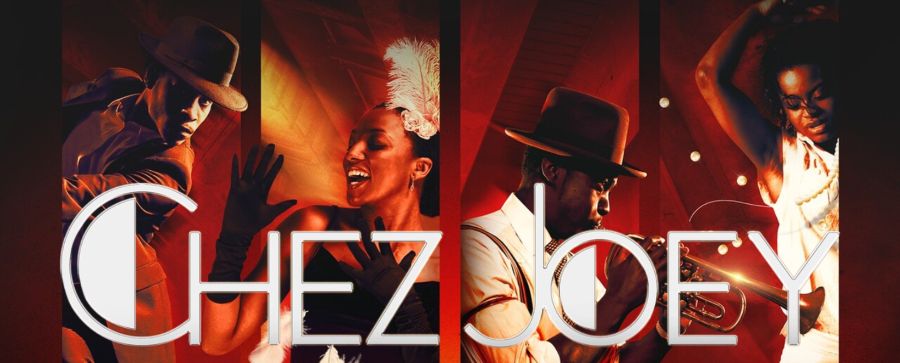
Arena Stage
Chez Joey – Jan. 30 – March 15
Prepare for a blockbuster at Arena Stage as Chez Joey lands at the historic playhouse. Co-directed by Tony Award-winning choreographer Savion Glover and actor, director and producer Tony Goldwyn, the set-in-1940s-Chicago show includes a Rodgers and Hart score as well as a spellbinding tale of a singer caught between a rich baroness and an ambitious chorus girl on his way to the top (he hopes).
Tickets
Arena Stage, 1101 6th Street SW, Washington, DC 20024
Rik Freeman: Wade in the Waters – Through Feb. 19
DC artist Rik Freeman’s work is showcased in-depth at this free exhibition displayed at Phillips@THEARC. For more than three decades, Freeman has engaged history, community, resilience and joy in his work. Wade in the Waters zooms in on waterways – from the beaches of Bahia to the Anacostia River – and how they connect to the diaspora over generations.
Wednesday & Thursday, 10 a.m. – 5 p.m. | Free Admission
Phillips@THEARC, 1801 Mississippi Avenue SE, Washington, DC 20020
Tawny Chatmon: Sanctuaries of Truth, Dissolution of Lies – Through March 8
The photography-based work of Tawny Chatmon receives a glorious tribute at the National Museum of Women in the Arts. The exhibition will debut pieces from Chatmon’s latest series, which also incorporate audio narrative, embroidery, film and assemblage. Selections from Chatmon’s acclaimed previous work will also be on display.
Hours & Admission
National Museum of Women in the Arts, 1250 New York Avenue NW, Washington, DC 20005

